Growing fruits and vegetables at home is a great way to stay active and healthy, especially for seniors. It’s a fun and rewarding hobby that can provide fresh produce for your kitchen table. Not only does gardening provide a source of physical activity, but it can also be a great way to reduce stress and improve mental health.
As we age, it’s important to maintain a healthy diet and lifestyle. Growing your own fruits and vegetables at home is a great way to do this. Not only do you get to enjoy fresh, healthy produce, but you also get the satisfaction of knowing exactly where your food comes from and how it was grown. Additionally, gardening can provide a sense of purpose and accomplishment, which is especially important for seniors who may be retired or have limited social interactions.
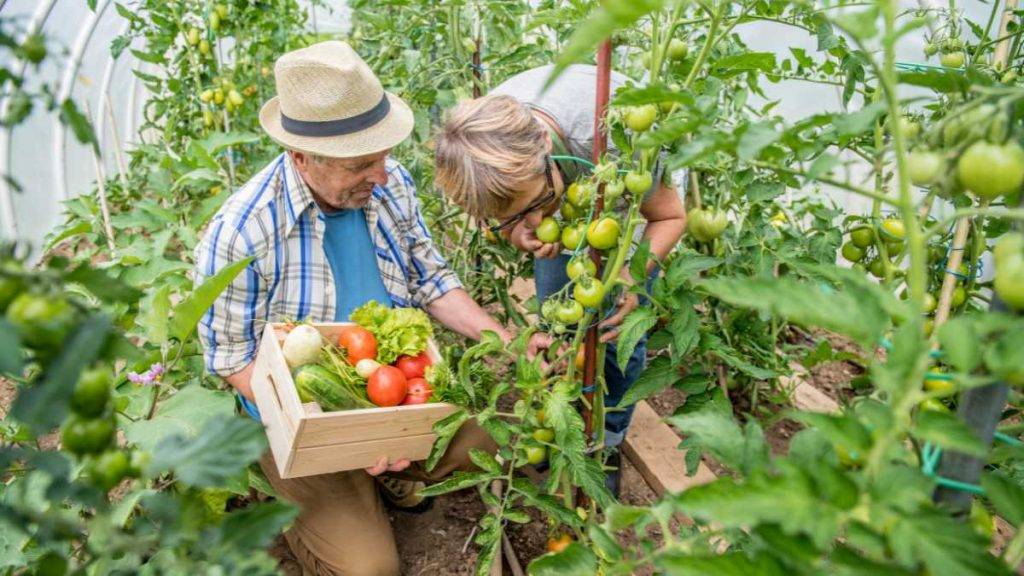
Whether you have a large backyard or just a small balcony, there are many ways to start growing your own fruits and vegetables at home. With the right tools and techniques, seniors can continue to enjoy the benefits of gardening well into their golden years. In the following sections, we will explore some tips and tricks for growing fruits and vegetables at home, as well as some of the best plants to grow for seniors.
Understanding the Importance of Gardening for Seniors
At our age, it’s important to maintain an active lifestyle and engage in physical activity. Gardening is a fun and rewarding way to do just that! Not only does it provide us with fresh fruits and vegetables, but it also has numerous health benefits.
Gardening is a great form of physical activity that can help us maintain our strength and flexibility. It involves a lot of bending, reaching, and digging, which can help keep our muscles and joints limber. Plus, it gets us outside and into the fresh air, which is great for our overall health.
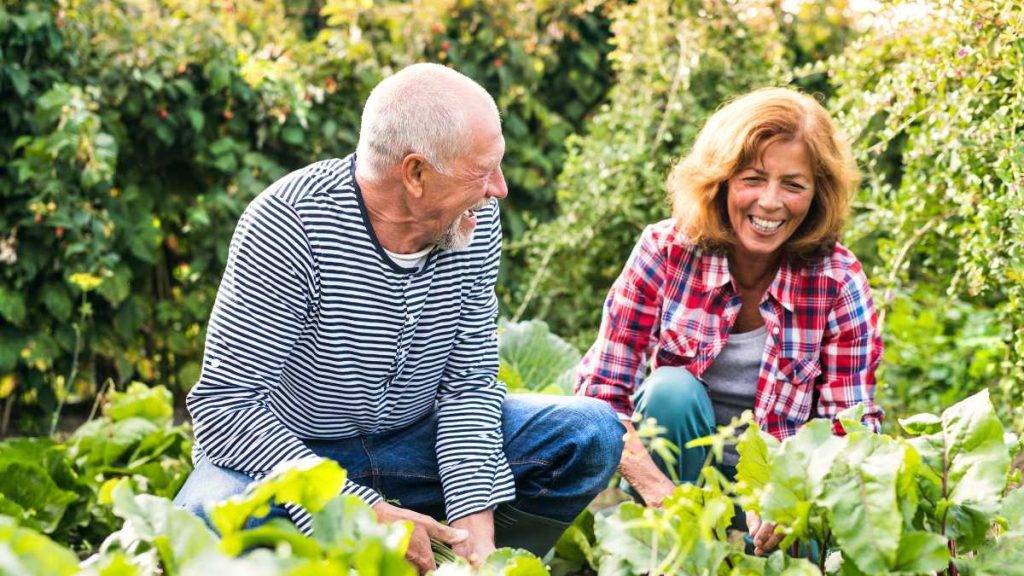
In addition to the physical benefits, gardening can also have a positive impact on our mental health. It’s a great way to reduce stress and promote relaxation. Watching our plants grow and thrive can give us a sense of accomplishment and pride.
Another benefit of gardening is that it can help us eat healthier. Growing our own fruits and vegetables means we have access to fresh, organic produce right in our own backyard. Plus, it’s a fun way to try new recipes and experiment with different types of produce.
Overall, gardening is a wonderful way for seniors to stay active and healthy. Whether you have a large backyard or just a few pots on your balcony, there are plenty of ways to get started. So why not grab a shovel and some seeds and start growing your own fruits and vegetables today?
Health Benefits of Home-Grown Fruits and Vegetables
Growing our own fruits and vegetables at home can provide many health benefits. Here are some of the ways that home-grown produce can improve our health:
Improved Nutrient Intake
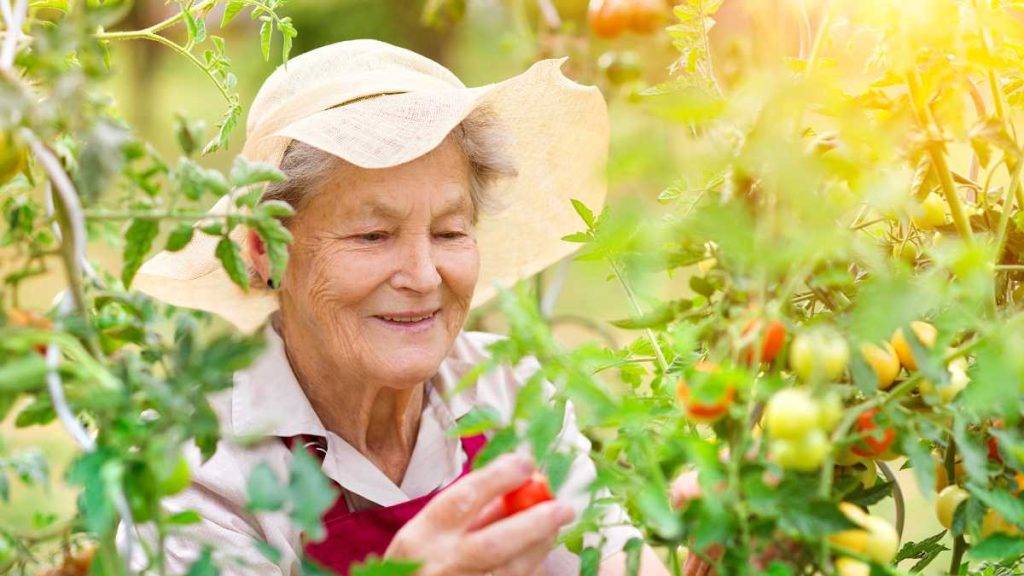
Home-grown fruits and vegetables are generally fresher and more nutritious than store-bought produce. This is because they are typically harvested when they are ripe and at their nutritional peak. Additionally, home-grown produce is often grown without the use of pesticides and other harmful chemicals, which can further improve its nutritional value.
Reduced Risk of Chronic Disease
Eating a diet rich in fruits and vegetables has been linked to a reduced risk of chronic diseases such as heart disease and cancer. By growing our own produce at home, we can ensure that we are getting enough of these important foods in our diet. Plus, we can choose to grow a variety of different fruits and vegetables to ensure that we are getting a wide range of nutrients.
Lower Blood Pressure
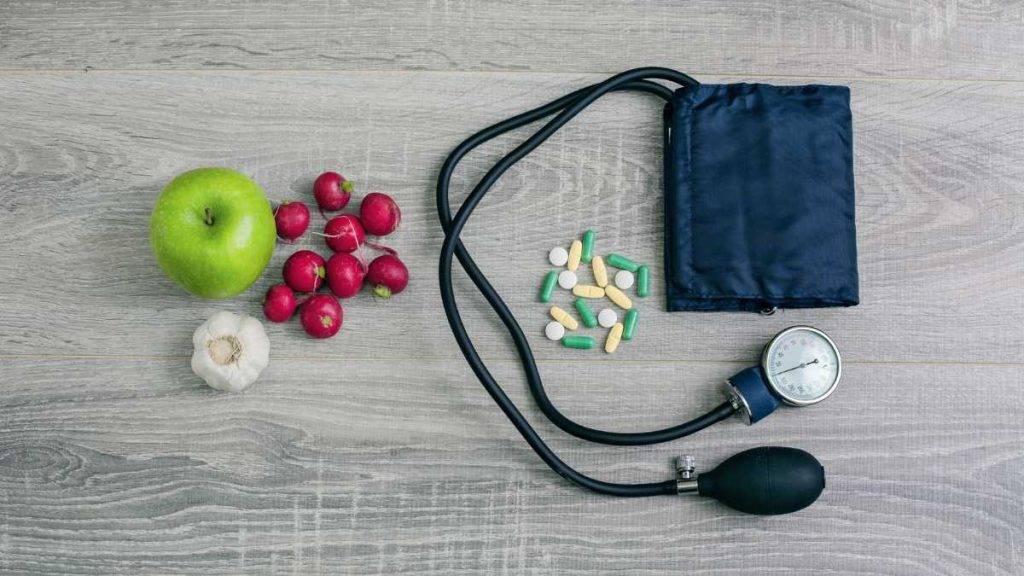
Many fruits and vegetables are high in potassium, which can help to lower blood pressure. By growing our own produce at home, we can ensure that we are getting enough of these potassium-rich foods in our diet. This can be especially important for seniors, who may be at a higher risk for high blood pressure.
Improved Hydration
Fruits and vegetables are also high in water, which can help to keep us hydrated. By growing our own produce at home, we can ensure that we are getting enough of these hydrating foods in our diet. This can be especially important for seniors, who may be at a higher risk for dehydration.
Following Healthy Dietary Patterns
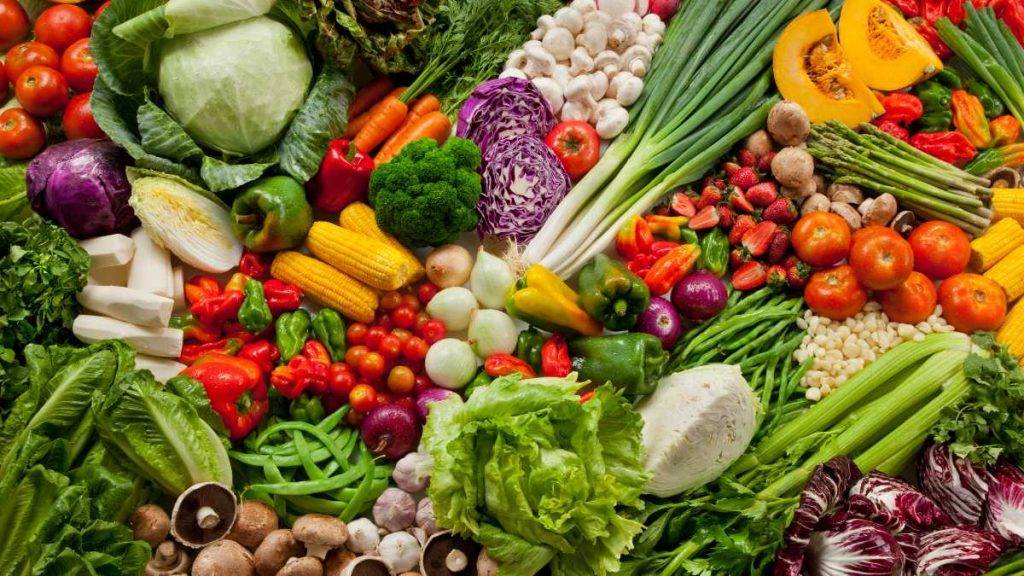
Growing our own fruits and vegetables at home can also help us to follow healthy dietary patterns. The Dietary Guidelines for Americans recommend that we eat a variety of fruits and vegetables as part of a healthy diet. By growing our own produce at home, we can ensure that we are getting enough of these important foods in our diet.
Overall, growing our own fruits and vegetables at home can provide many health benefits. By ensuring that we are getting enough of these important foods in our diet, we can reduce our risk of chronic disease, improve our nutrient intake, and follow healthy dietary patterns.
Types of Fruits and Vegetables to Grow at Home
Growing fruits and vegetables at home can be a fun and rewarding experience for seniors. Not only does it provide a sense of accomplishment, but it also ensures that we have access to fresh and healthy produce. Here are some types of fruits and vegetables that are easy to grow at home:
Beans and Peas
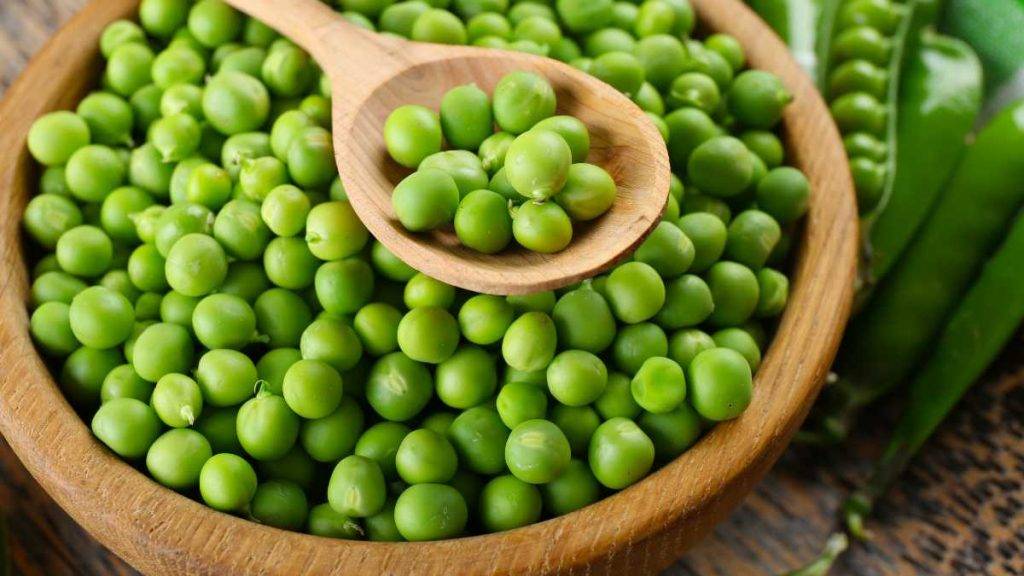
Beans and peas are excellent options for those who are new to gardening. They are easy to grow, require minimal maintenance, and produce a bountiful harvest. Some popular varieties include green beans, snap peas, and snow peas. These plants can be grown in containers or directly in the ground, making them a versatile choice for any garden.
Tomatoes
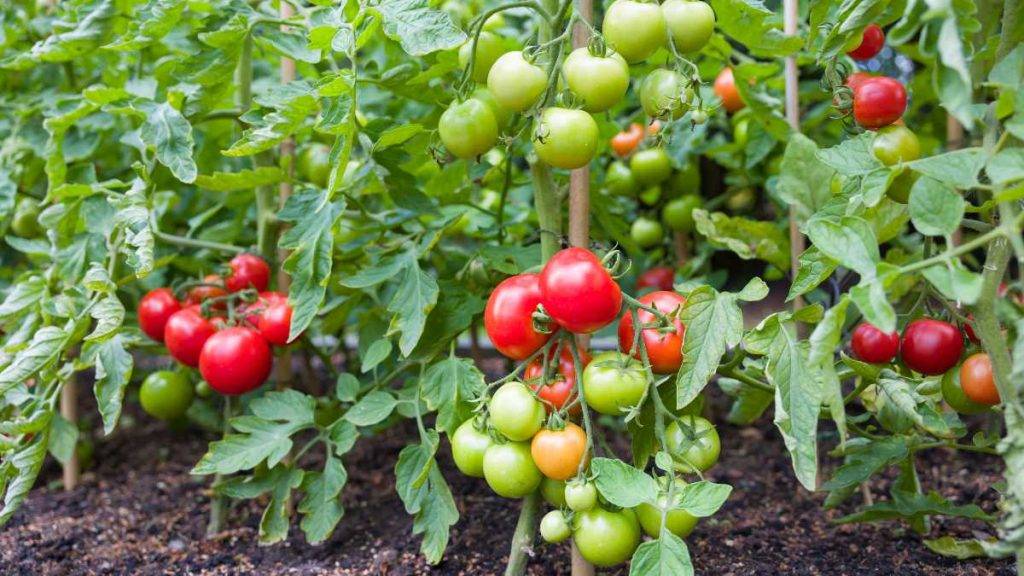
Tomatoes are a staple in many home gardens. They are easy to grow and produce a large harvest. Tomatoes can be grown in containers or directly in the ground, but they require plenty of sunlight and regular watering. Some popular varieties include cherry tomatoes, beefsteak tomatoes, and heirloom tomatoes.
Carrots
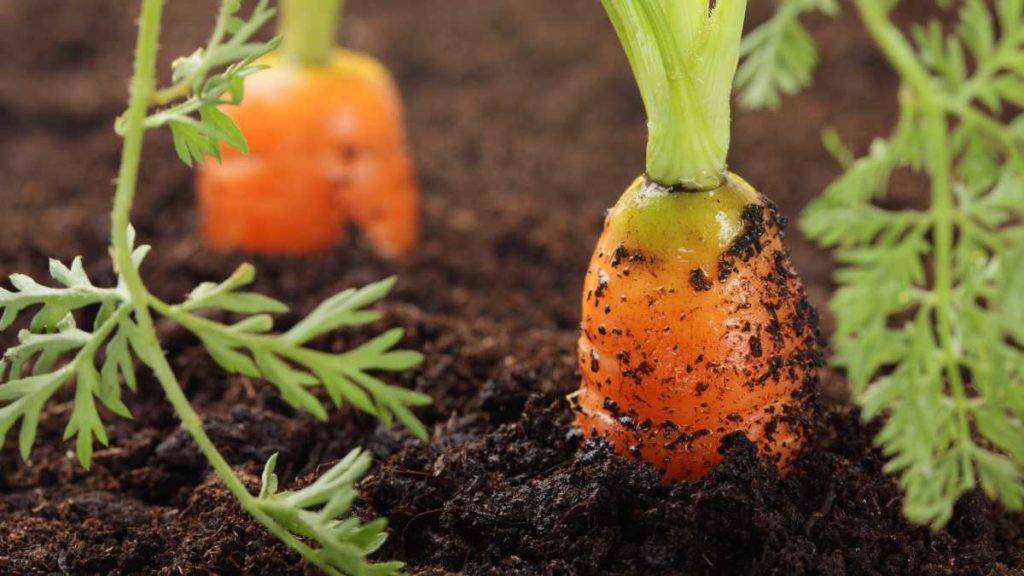
Carrots are a great choice for those who want to grow root vegetables. They are easy to grow and can be grown in containers or directly in the ground. Carrots require well-draining soil and regular watering. Some popular varieties include Nantes, Danvers, and Chantenay.
Herbs
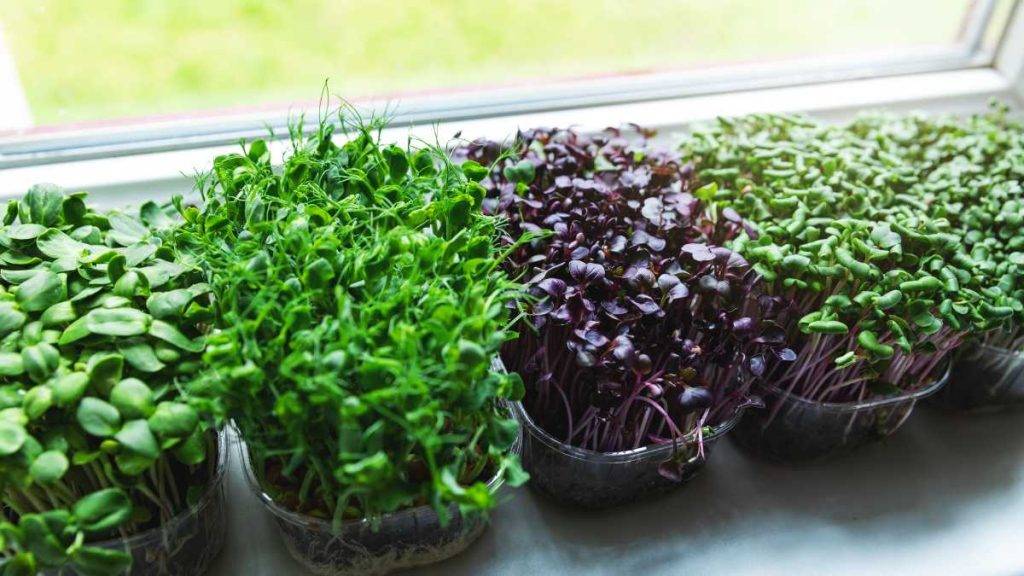
Herbs are a great addition to any garden. They are easy to grow and can be used in a variety of dishes. Some popular herbs to grow at home include basil, cilantro, parsley, and thyme. Herbs can be grown in containers or directly in the ground, making them a versatile choice for any garden.
Fruits
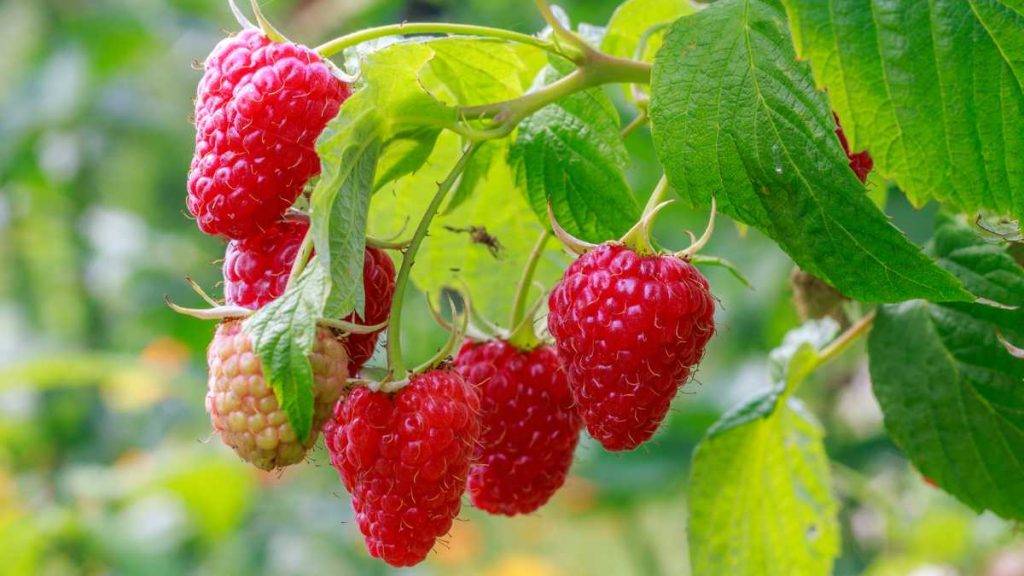
Growing fruits at home can be a bit more challenging, but it is still possible. Some easy-to-grow fruits include strawberries, raspberries, and blackberries. These plants require plenty of sunlight and regular watering, but they can be grown in containers or directly in the ground. Fruits like apples, pears, and peaches require more space and maintenance, but they can still be grown at home with a bit of effort.
Overall, there are many types of fruits and vegetables that seniors can grow at home. By starting with easy-to-grow varieties and gradually expanding our garden, we can enjoy fresh and healthy produce all year round.
Nutritional Value of Home-Grown Produce
Growing fruits and vegetables at home is not only a fun and rewarding hobby, but it also has numerous health benefits. Home-grown produce is packed with nutrients that are essential for our health and wellbeing. In this section, we will discuss the nutritional value of home-grown produce.
Vitamin D: Vitamin D is essential for strong bones and teeth. It helps our bodies absorb calcium and phosphorus from food. While most vitamin D is obtained from sunlight, some foods contain small amounts of this vitamin. Mushrooms are a good source of vitamin D, and they are easy to grow at home.
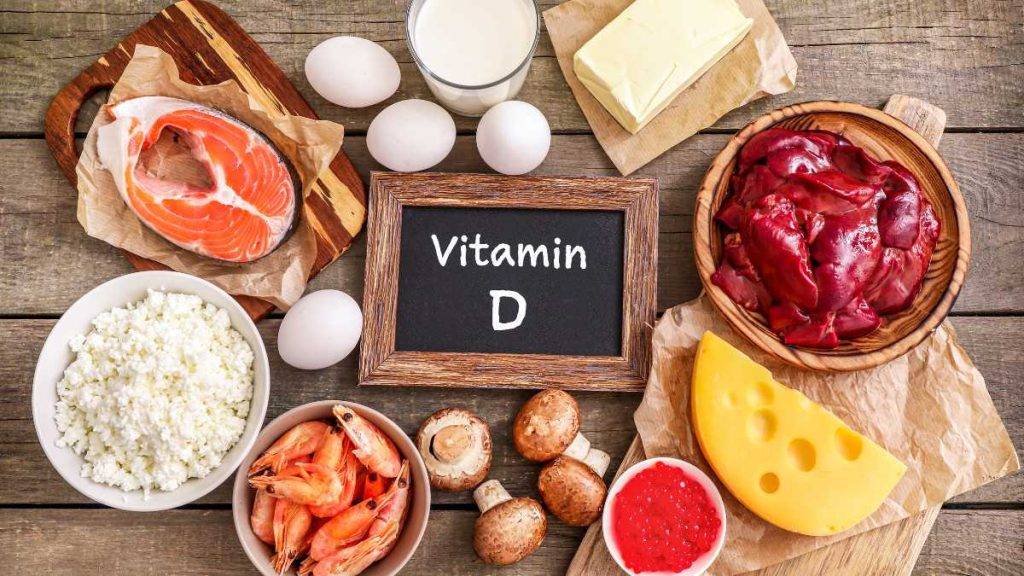
Protein: Protein is essential for building and repairing tissues in our bodies. While most people associate protein with meat, there are many plant-based sources of protein. Home-grown beans and peas are excellent sources of protein.
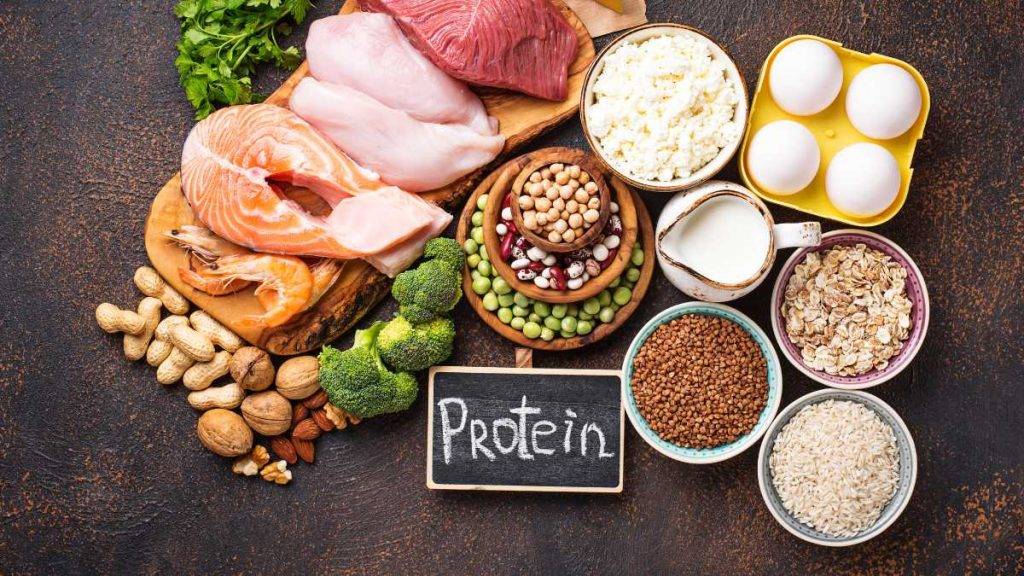
Calcium: Calcium is essential for strong bones and teeth. It also plays a role in muscle function and nerve transmission. Home-grown leafy greens, such as kale and collard greens, are excellent sources of calcium.

Vitamin B12: Vitamin B12 is essential for the formation of red blood cells and the proper functioning of our nervous system. While vitamin B12 is mostly found in animal-based foods, some plant-based foods contain small amounts of this vitamin. Home-grown shiitake mushrooms are a good source of vitamin B12.

Fiber: Fiber is essential for maintaining a healthy digestive system. It helps regulate bowel movements and can lower cholesterol levels. Home-grown fruits and vegetables, such as apples, pears, carrots, and broccoli, are excellent sources of fiber.
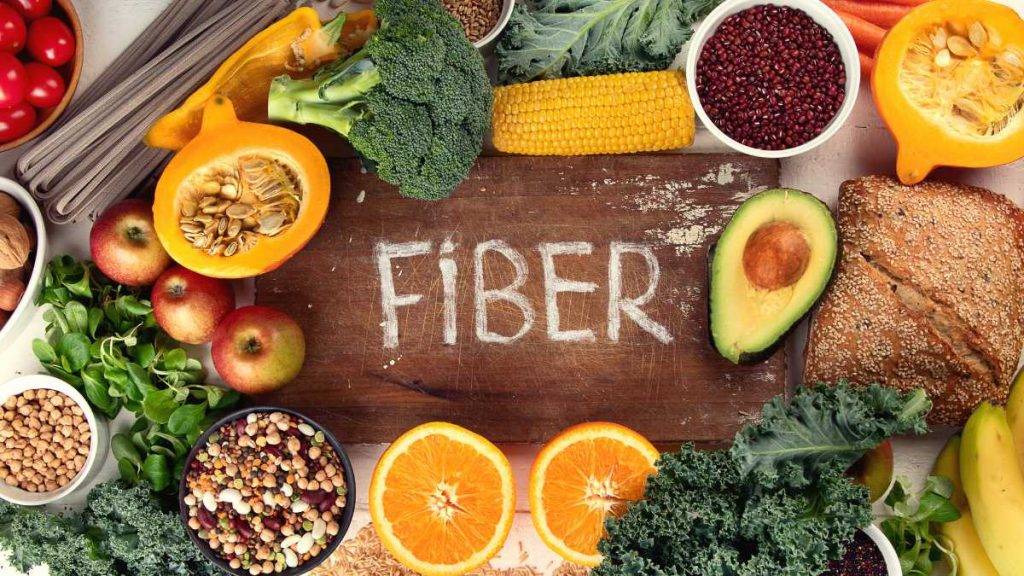
Sodium: Sodium is an essential mineral that helps regulate fluid balance in our bodies. However, most people consume too much sodium, which can lead to high blood pressure. Home-grown herbs, such as basil, oregano, and thyme, can add flavor to our meals without adding extra sodium.
Potassium: Potassium is essential for maintaining healthy blood pressure and proper muscle and nerve function. Home-grown tomatoes, potatoes, and sweet potatoes are excellent sources of potassium.
In summary, home-grown produce is a great way to get essential nutrients that are important for our health and wellbeing. By growing our own fruits and vegetables, we can ensure that we are getting the freshest and most nutritious produce possible.
Gardening Techniques for Seniors
As we age, gardening can become a bit more challenging, but we don’t have to give up our love for growing our own fruits and vegetables. With a few adjustments and modifications, we can continue to enjoy the benefits of gardening. Here are some gardening techniques that can make it easier for seniors to garden:
Raised Beds
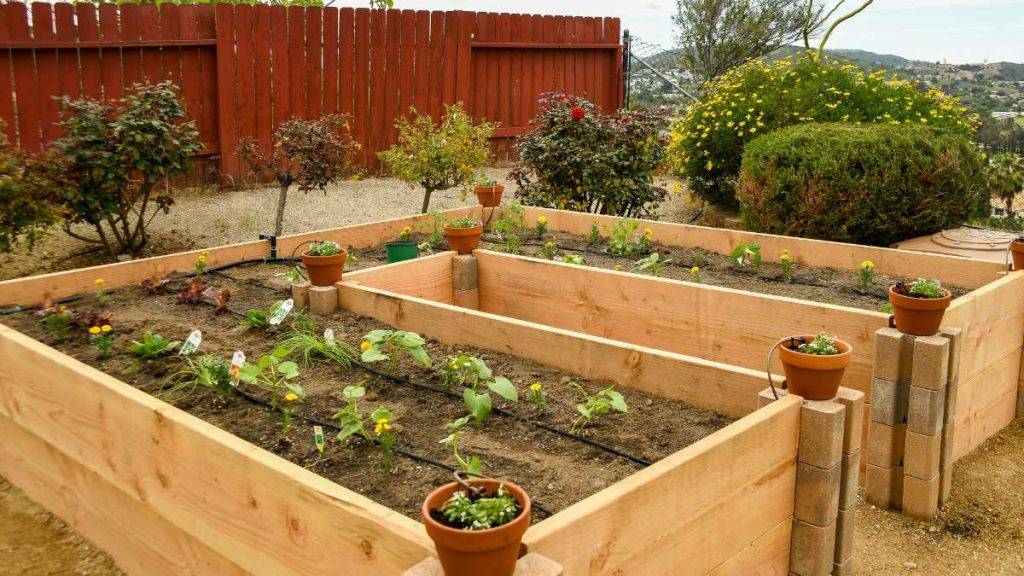
Raised beds are a great option for seniors because they are easier to access without bending or kneeling. We can build raised beds at a height that is comfortable for us to work with. We can also add a trellis to our raised beds to grow climbing vegetables like cucumbers and beans, which can save us space and make harvesting easier.
Vertical Gardening
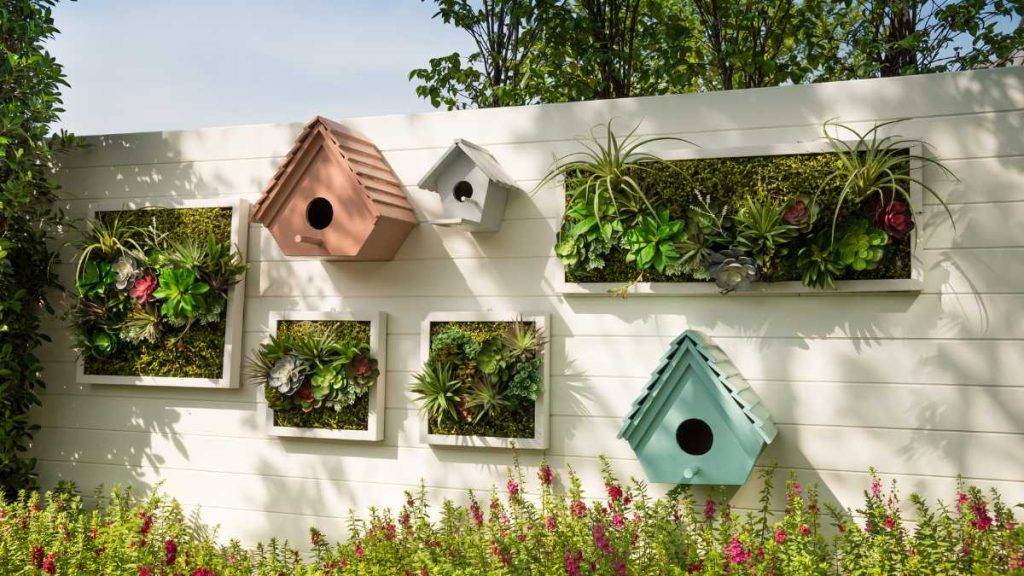
Vertical gardening is another great option for seniors because it saves space and can be done at a comfortable height. We can grow vegetables like tomatoes, peppers, and herbs in containers on our patio or balcony. We can also use a trellis or hanging baskets to grow strawberries or other trailing plants.
Gardening Tools
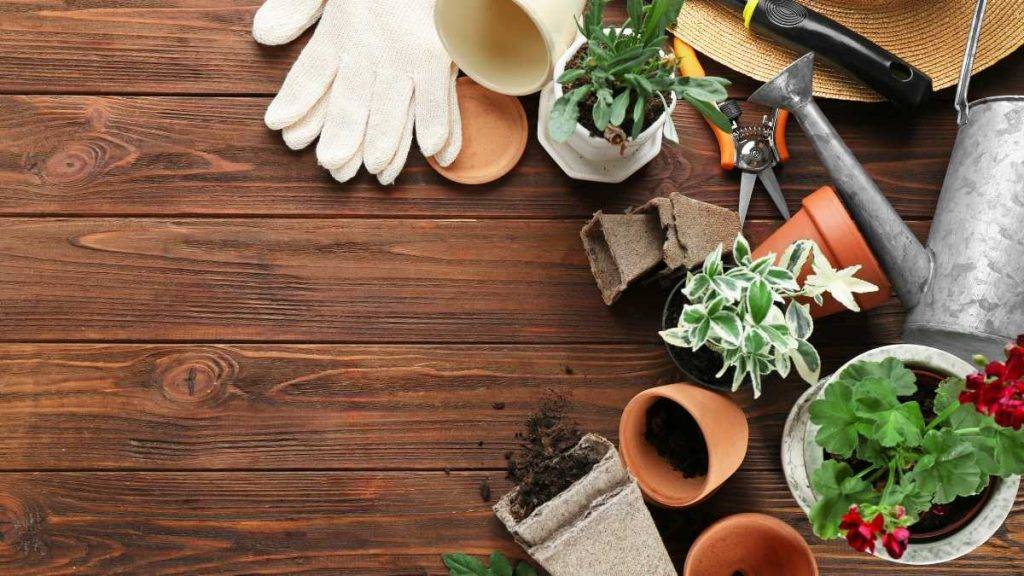
Using the right gardening tools can make a big difference in making gardening easier for seniors. We can look for tools with comfortable grips and long handles that reduce the need for bending or kneeling. We can also use tools with a built-in seat or kneeler to reduce strain on our knees and back.
Gardening Gloves
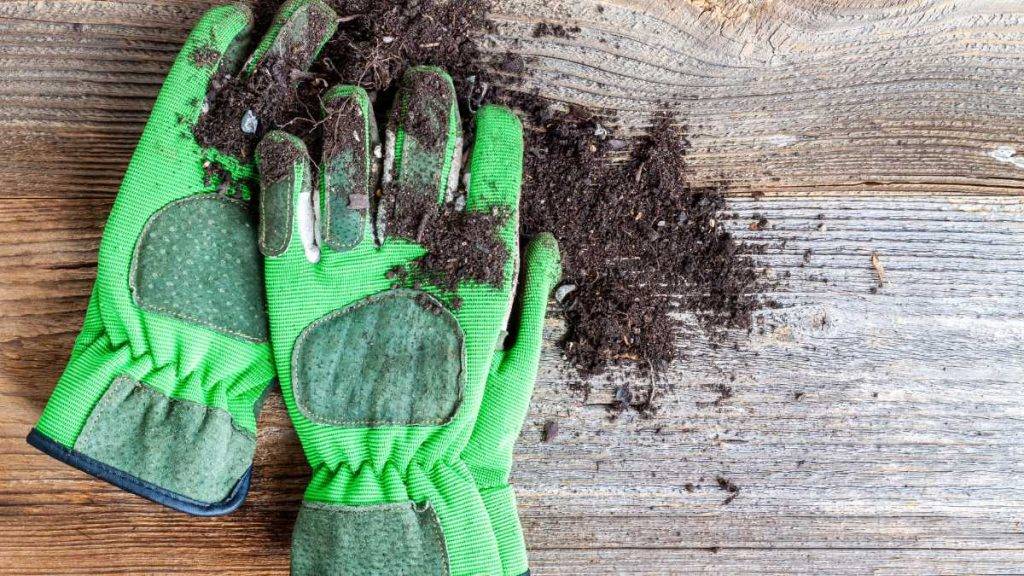
Wearing gardening gloves can protect our hands from blisters, cuts, and scratches. We can look for gloves with a good grip and a comfortable fit. We can also choose gloves that are easy to put on and take off, like gloves with Velcro closures.
In conclusion, with some simple modifications and adjustments, we can continue to enjoy the benefits of gardening as we age. Raised beds, vertical gardening, gardening tools, and gloves are just a few techniques that can make gardening easier and more enjoyable for seniors.
Safety Measures for Elderly Gardeners
As we get older, it’s important to take some extra precautions to ensure our safety while gardening. Here are some safety measures that we can take to help prevent accidents and injuries:
- Bending and Lifting: We should avoid bending and lifting heavy objects as much as possible, as it can put a strain on our backs. Instead, we can use tools such as a garden kneeler or a raised garden bed to help make gardening tasks easier on our bodies.
- Shade and Sunscreen: We should always wear sunscreen and a hat to protect ourselves from the sun’s harmful rays. It’s also a good idea to take breaks in the shade to avoid overheating.
- Long-sleeved Clothing: Wearing long-sleeved clothing can help protect our skin from scratches and cuts while gardening. It’s also a good idea to wear gloves to protect our hands.
- Garden Tools: We should make sure that our garden tools are well-maintained and in good working condition. Dull or broken tools can be dangerous and cause accidents.
- Water and Hydration: It’s important to stay hydrated while gardening, especially on hot days. We should drink plenty of water and take breaks as needed.
- Garden Layout: We should plan our garden layout with safety in mind. We can place our garden beds in an area that is easy to access and avoid any steep or uneven terrain.
By taking these safety measures, we can help prevent accidents and injuries while still enjoying the benefits of gardening. Remember to always listen to your body and take breaks as needed. Happy gardening!
Addressing Dietary Concerns for Seniors
As we age, our nutritional needs change. It’s important to make sure we’re getting the right nutrients to maintain our health and well-being. Here are some dietary concerns to keep in mind when growing fruits and vegetables at home:
Protein Sources
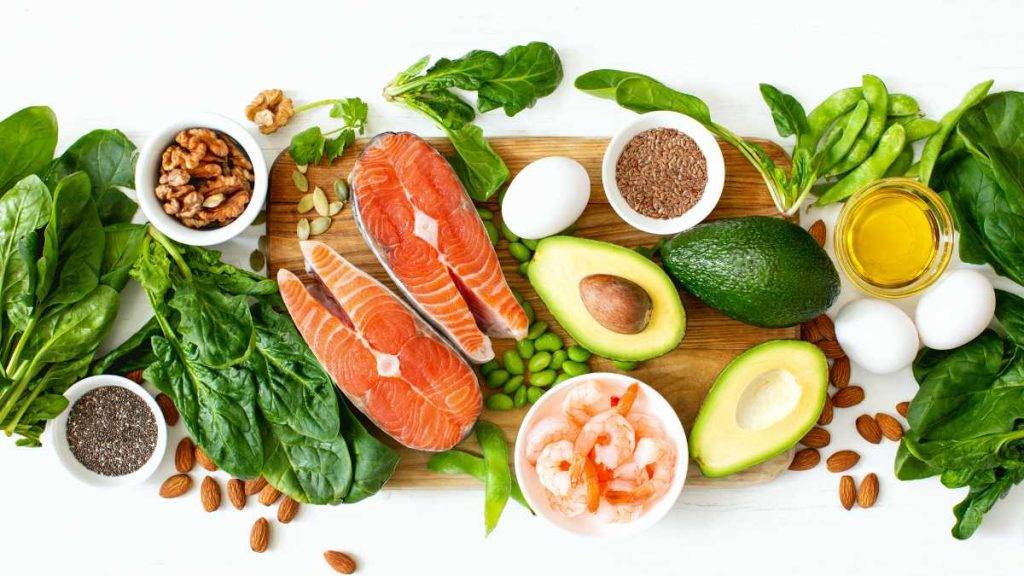
Since most of us are meeting recommendations for meats, poultry, and eggs, it’s important to remind ourselves that seafood, dairy, and fortified soy alternatives, beans, peas, and lentils are great sources of protein. These protein sources also provide additional nutrients, such as calcium, vitamin D, vitamin B12, and fiber.
Dairy
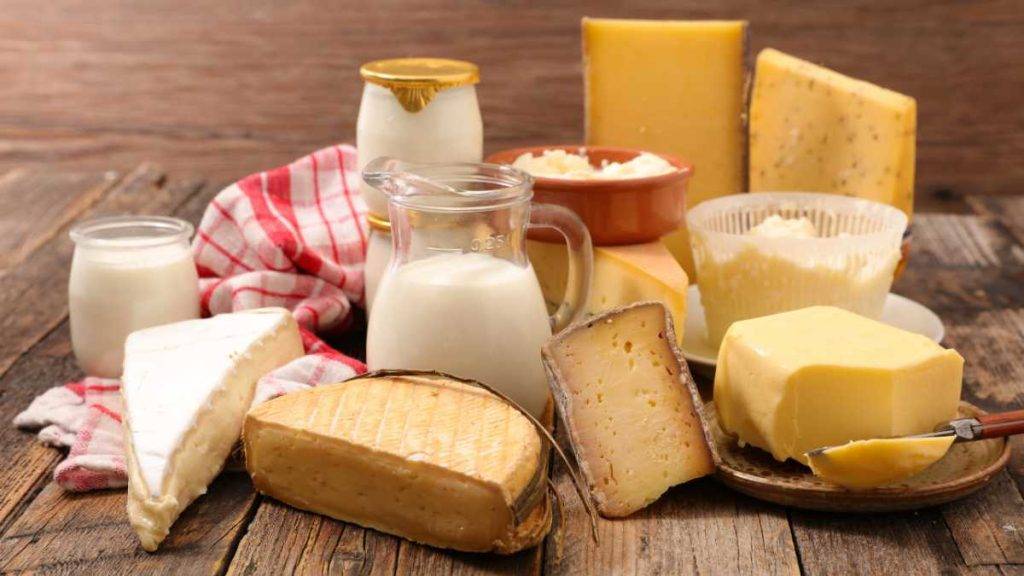
Dairy is an excellent source of calcium and vitamin D, but it’s important to choose low-fat or fat-free milk and dairy products to reduce our intake of saturated fats. We can also try fortified soy beverage or other fortified soy alternatives as a dairy-free option.
Added Sugar
We should be mindful of our intake of added sugar, which can contribute to excess calories and negatively impact our health. When growing fruits and vegetables at home, we can use them to naturally sweeten our meals and snacks instead of relying on added sugars.
Fats
While we need some fats in our diet, it’s important to choose healthy fats, such as those found in nuts, seeds, and avocados, and to limit our intake of saturated fats. This can help reduce our risk of heart disease and other health issues.
Digestion
As we age, our digestion may slow down, making it harder for our bodies to absorb nutrients. To help improve digestion, we can include plenty of fiber in our diets by eating fruits, vegetables, whole grains, and legumes.
By keeping these dietary concerns in mind, we can ensure that we’re getting the right nutrients to support our health and well-being as we age.
Government Support and Policies for Senior Gardening
As seniors, we may face financial constraints that limit our ability to purchase fresh fruits and vegetables. Fortunately, the government provides support and policies that can help us grow our own produce at home.
The Department of Agriculture offers various resources and programs to help seniors start their own gardens. For instance, the People’s Garden Initiative provides guidance on how to start a community garden, while the Farmers Market Promotion Program helps to establish new farmers markets in underserved areas.
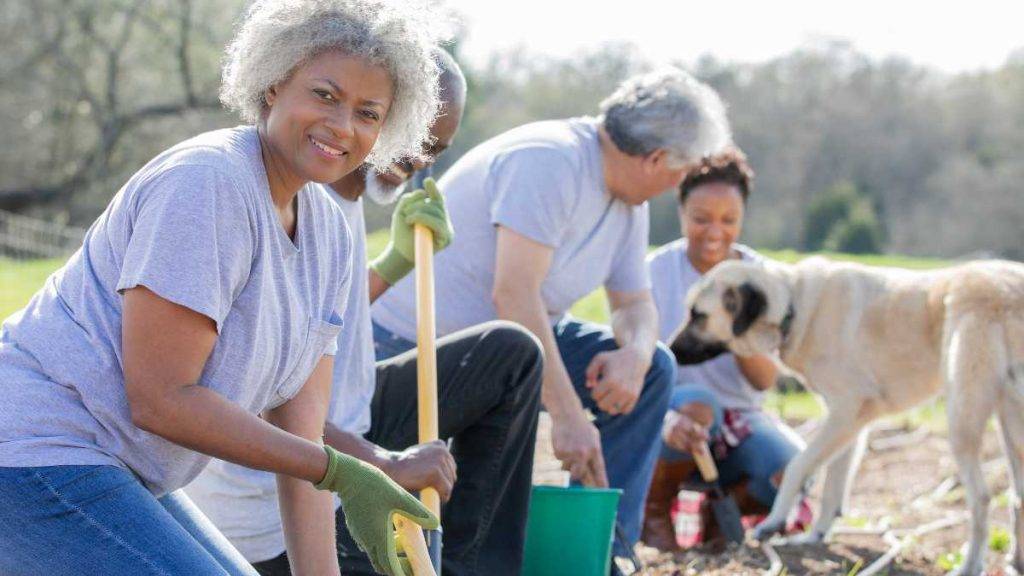
The Supplemental Nutrition Assistance Program (SNAP) also offers support for low-income seniors who wish to start their own gardens. SNAP provides benefits that can be used to purchase seeds and plants, as well as tools and equipment necessary for gardening.
Moreover, the Senior Farmers’ Market Nutrition Program (SFMNP) is a federal program that provides low-income seniors with access to locally grown fruits, vegetables, honey, and herbs. This program helps to increase the domestic consumption of agricultural commodities through farmers’ markets, roadside stands, and community-supported agricultural programs.
In addition to these programs, various policies have been implemented to support senior gardening. For instance, some cities have enacted zoning ordinances that allow for the use of vacant lots as community gardens. Other policies provide tax incentives for property owners who allow community gardens on their land.
Overall, the government provides a range of support and policies that can help seniors grow their own fruits and vegetables at home. By taking advantage of these resources, we can improve our access to fresh produce, save money, and enjoy the health benefits of gardening.
Dealing with Health Conditions through Gardening
Gardening can be an excellent way for seniors to address some of the health issues that come with aging. By growing our fruits and vegetables, we can provide ourselves with fresh, healthy produce that can help manage a variety of health conditions. Here are some ways gardening can help seniors deal with common health issues:
High Blood Pressure
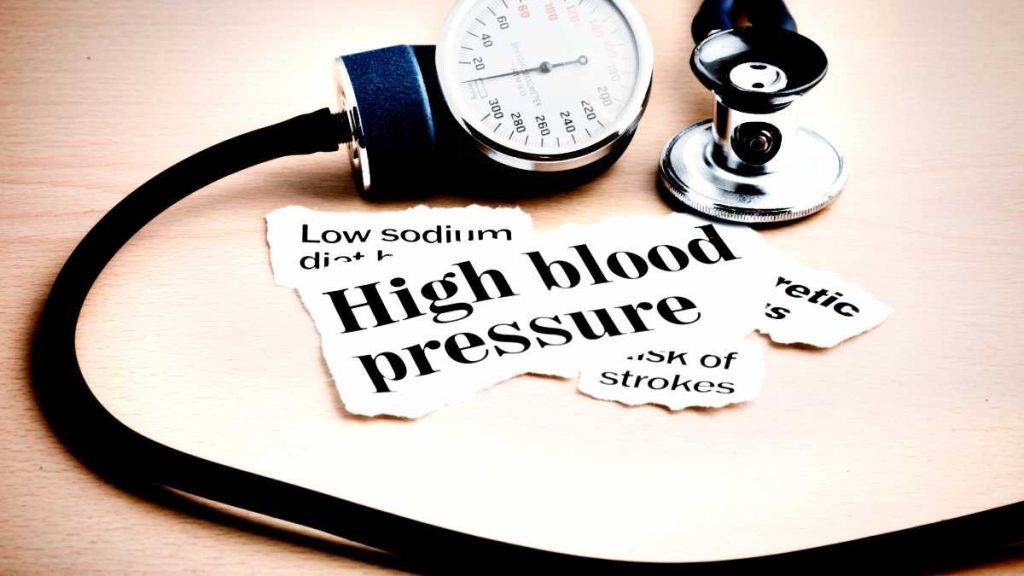
High blood pressure is a common condition among seniors that can lead to heart disease and stroke. Gardening can be an effective way to manage this condition as it provides us with a low-impact form of exercise that can help lower blood pressure. Additionally, eating a diet rich in fresh fruits and vegetables can help manage blood pressure levels.
Diabetes

Diabetes is a chronic condition that affects millions of seniors worldwide. Gardening can be an excellent way to manage this condition as it provides us with fresh, healthy produce that can help regulate blood sugar levels. Additionally, gardening can be a low-impact form of exercise that can help manage weight and improve overall health.
Osteoporosis
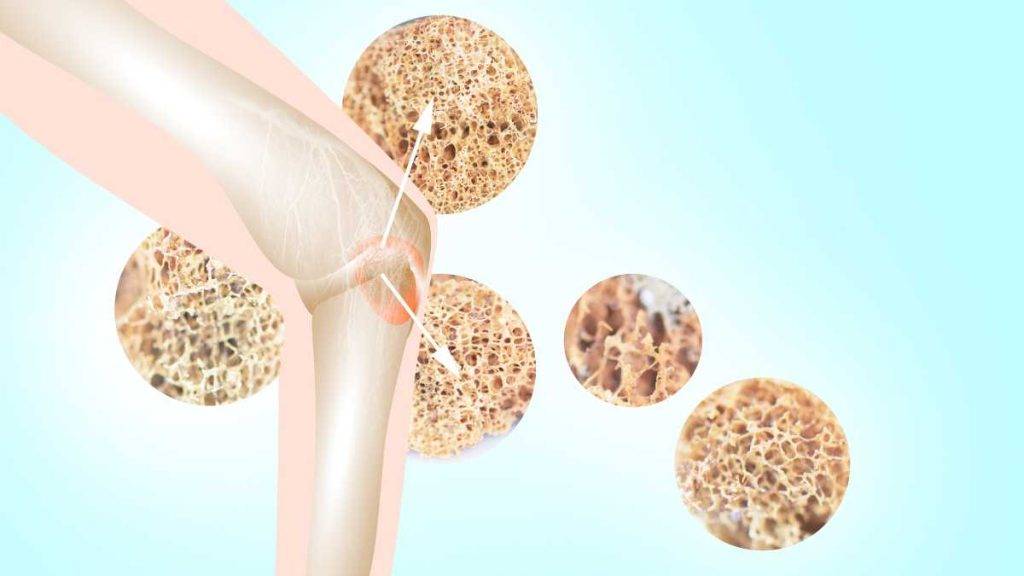
Osteoporosis is a condition that causes bones to become weak and brittle, making them more susceptible to fractures. Gardening can be an excellent way to manage this condition as it provides us with a low-impact form of exercise that can help strengthen bones and improve overall bone health.
Dementia

Dementia is a condition that affects memory, thinking, and behavior. Gardening can be an effective way to manage this condition as it provides us with a calming and therapeutic activity that can help reduce stress and anxiety. Additionally, gardening can help improve cognitive function and memory.
Muscle Mass
As we age, we tend to lose muscle mass, which can lead to a variety of health issues. Gardening can be an effective way to maintain muscle mass as it provides us with a low-impact form of exercise that can help build and maintain muscle.
Chronic Diseases
Gardening can be an excellent way to manage chronic diseases such as heart disease, arthritis, and cancer. By providing us with fresh, healthy produce and a low-impact form of exercise, gardening can help improve overall health and manage the symptoms of these conditions.
Foodborne Illness
When growing our fruits and vegetables, it’s essential to take precautions to avoid foodborne illness. We can do this by washing our hands before and after gardening, washing our produce thoroughly, and following safe food handling practices when preparing our food.
In conclusion, gardening can be an excellent way for seniors to manage a variety of health conditions. By providing us with fresh, healthy produce and a low-impact form of exercise, gardening can help improve overall health and well-being.
